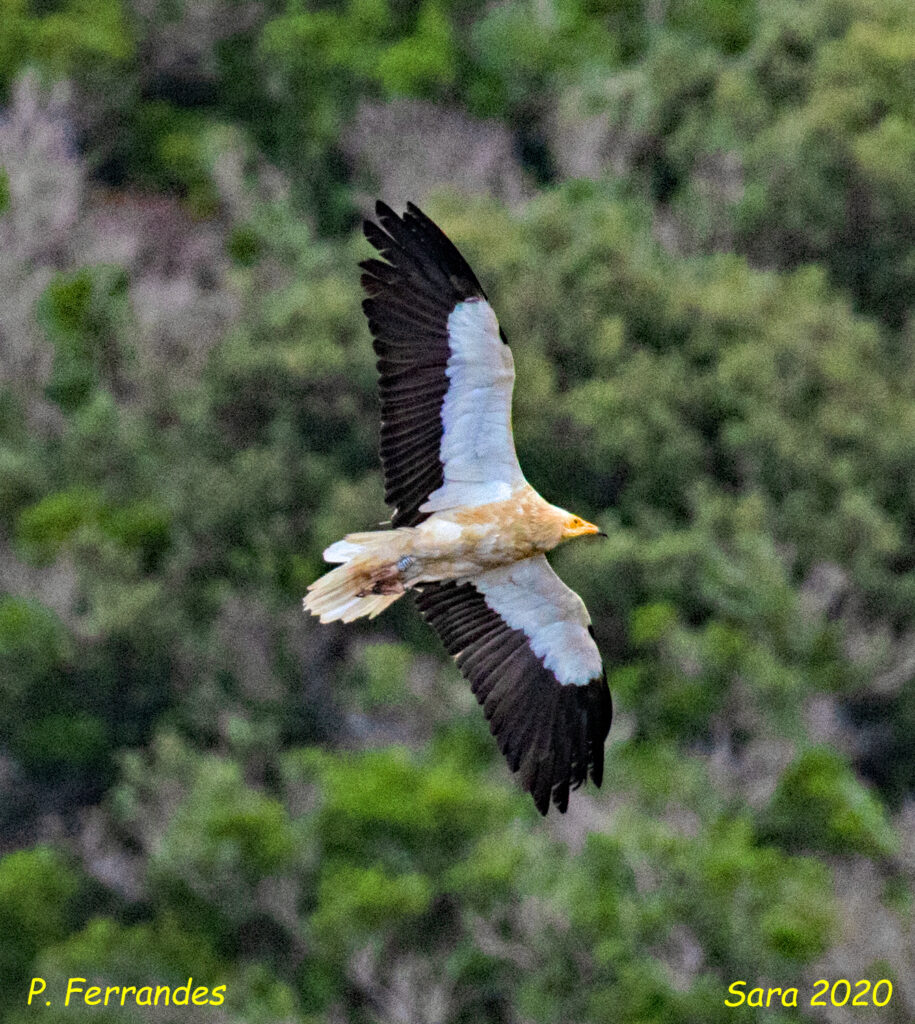Nineteen years after the start of the release programme of captive-bred Egyptian vultures in Italy, there is finally evidence that one of the released individuals formed a pair and is raising a chick. The pair is composed of a wild-hatched male and Sara, a female born in 2015 at the CERM Endangered Raptors Centre, in Italy (Tuscany). Three months later Sara was released into the wild in Apulia (in the Laterza LIPU Oasis) by the CERM Association with the support of the LIPU.
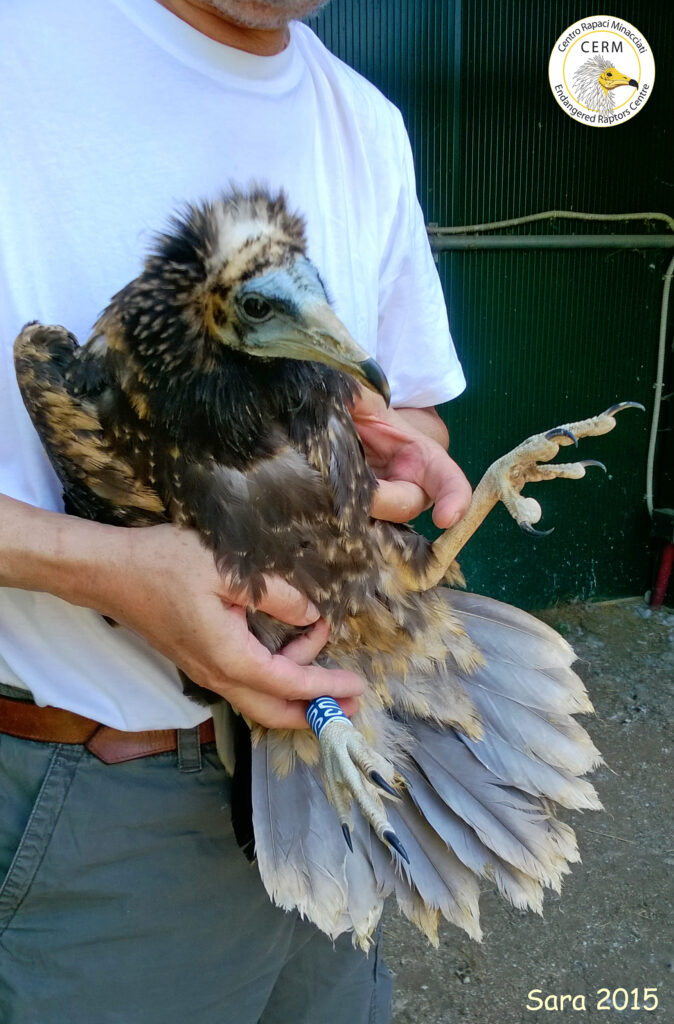
After moving away from the release site Sara reached sub-Saharan Africa and spent there the first four years of her LIFE (mostly in Niger), moving every summer from the age of two to North Algeria (Atlas mountains). In spring 2019 Sara returned to Italy for the first time and from then onwards she came back every year, spending there part of the spring and the summer.
In 2022 Sara started her fourth spring migration one month and half earlier than the previous years. She left Niger on the 26th of February 2022 and reached Italy in March. In Sicily she was sighted and photographed in the company of a partner, the two vultures showing an unmistakable reproductive behaviour. Then Sara and her partner, probably chased away by a local Egyptian vulture pair, moved to Basilicata region and they’re currently nesting in an hollow used in the past by another pair.
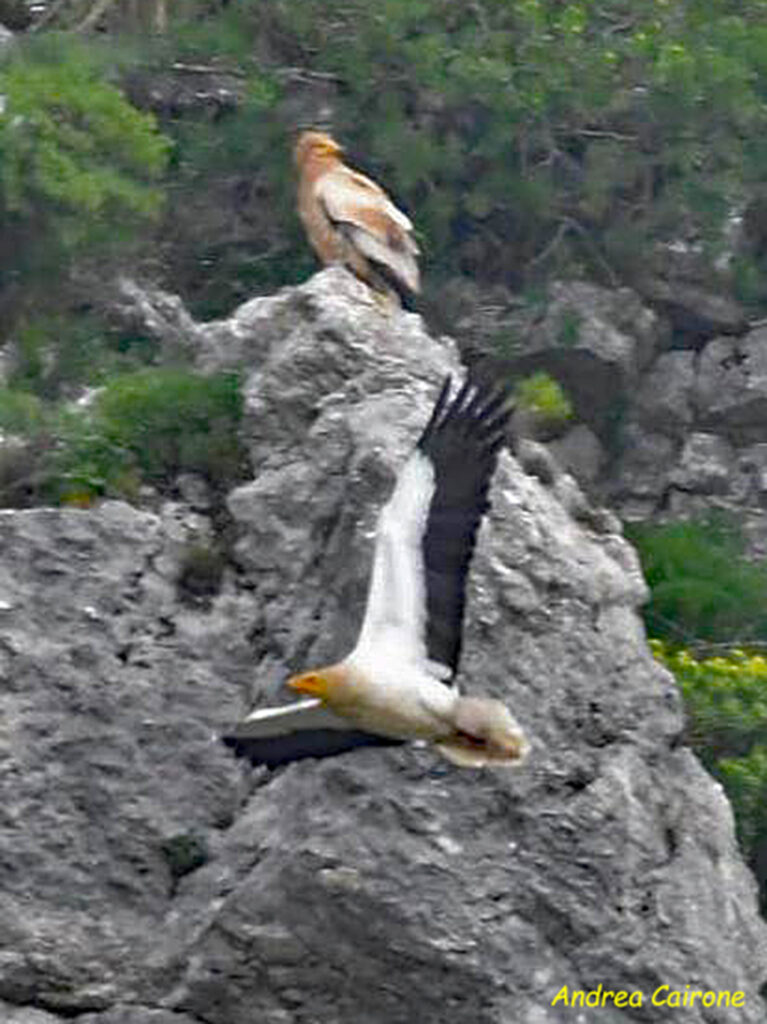
The first breeding of Sara comes at the end of seven interesting years during which her movements have been following by means of the Microwave Telemetry GPS tag she is fitted with (after so many years it is still working). The milestones of her life are the following: in 2015, during her first autumn migration, Sara crossed the Mediterranean Sea from Sicily to Lybia (a 550 km non-stop flight over the sea) and reached the wintering grounds on the 21th of September after having travelled 3.980 km in 28 days; during the 2019 autumn migration she passed through Pantelleria Island alongside Tobia, another captive-bred E. vulture released by the CERM Association in 2015 (not in the same release site of Sara but in Calabria Region); during the 2020 autumn migration Sara was observed in Pantelleria Island in the company of a wild-hatched juvenile, so acting as a guide for the migratory route.
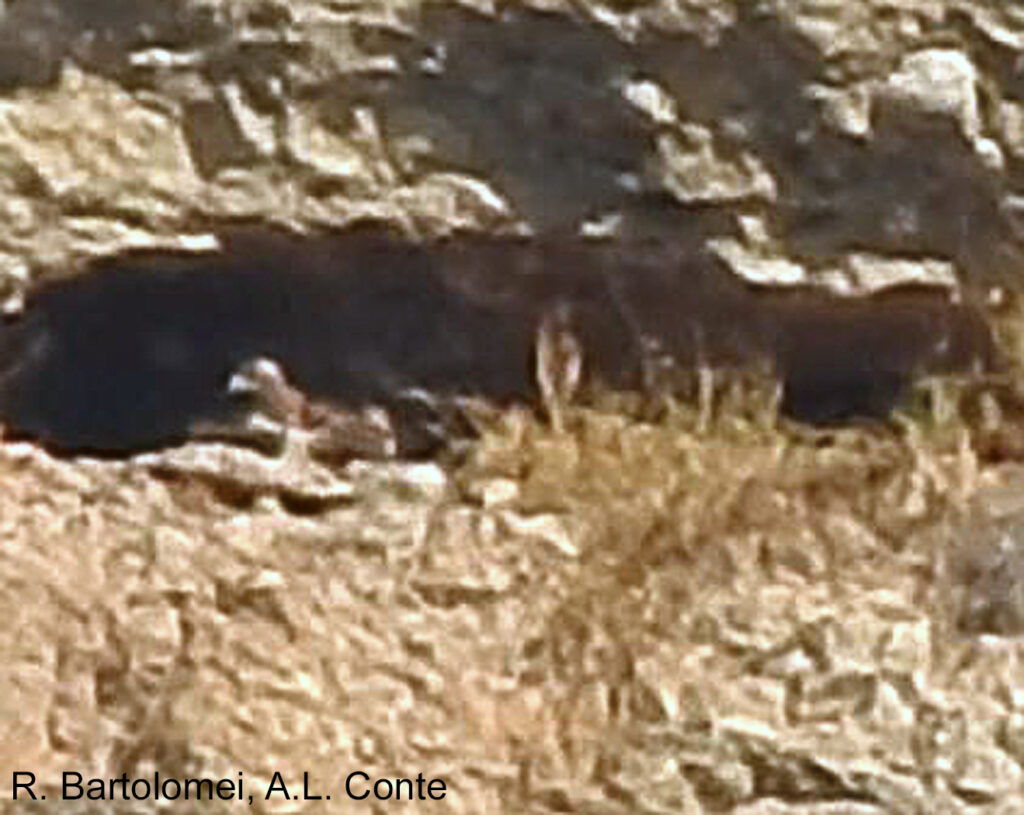
The nesting of Sara proves that captive-breeding and release programmes can be effective for the reinforcement of threatened Egyptian vulture populations. It’s the first time in Europe that for sure a captive-bred E. vulture released into the wild is breeding and raising a chick. A very good news for the species and a strong incentive to continue these actions in Italy where since 2017 they’re carried out also in the framework of the LIFE Egyptian vulture project.
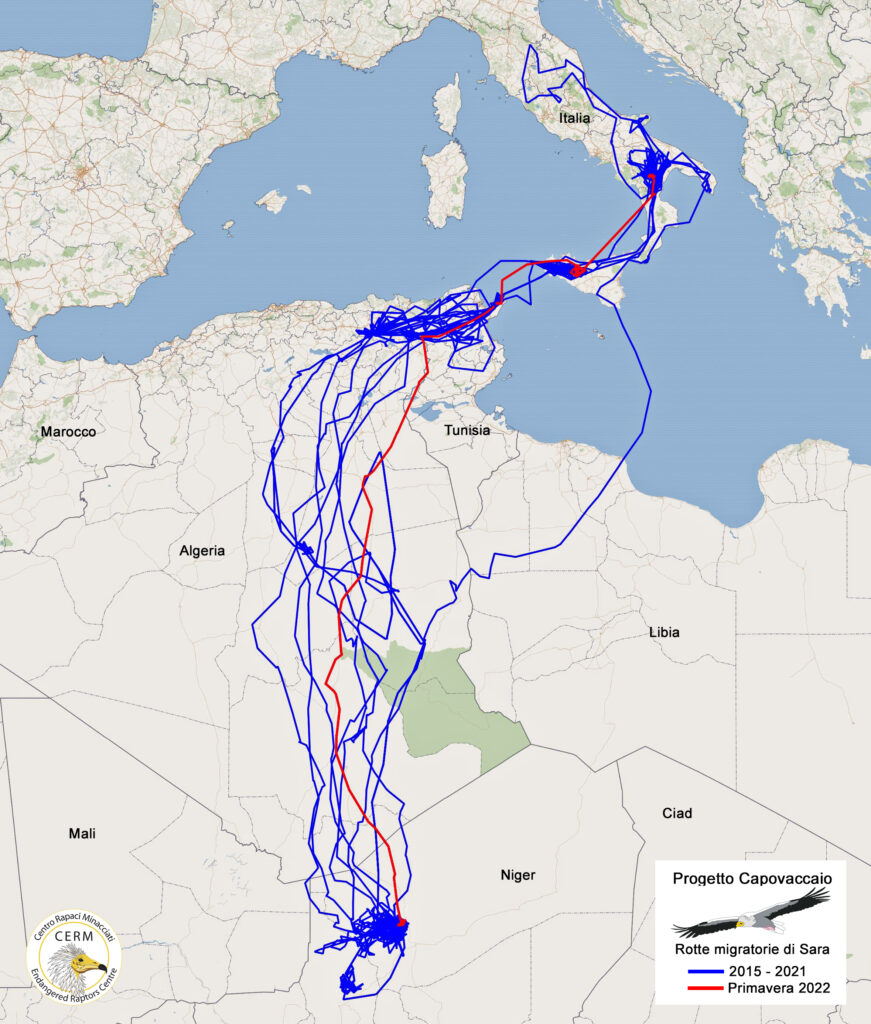
The CERM Association thanks the ornithologists Domenico Bevacqua and Andrea Cairone who reported the observation of Sara and her partner in Sicily and the ornithologist Remo Bartolomei who is monitoring the nesting in Basilicata Region. Thanks also go to the Vulture Conservation Foundation which has been bearing the costs of the GPS fees and to the Italian Institute for Environmental Protection and Research ISPRA which is monitoring the nesting site in order to get data and to avoid any disturbance.
